T4K3.news
Scientists find cause of sea star epidemic
The mystery behind the deaths of 5 billion starfish off North America's coast is now resolved.
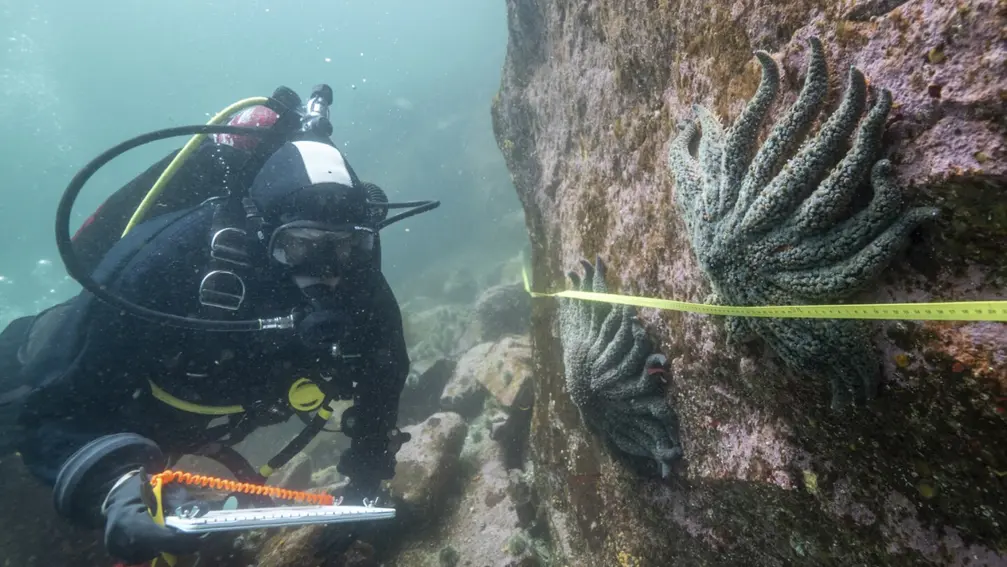
Scientists have resolved the mystery behind the death of billions of starfish along the Pacific coast.
Researchers uncover cause of sea star die-off
Scientists have identified the cause behind the mass die-off of over 5 billion sea stars along the Pacific coast of North America. This mystery has perplexed researchers since the epidemic began in 2013, leading to a sharp decline in numerous species, particularly the sunflower sea star, which lost around 90% of its population. The culprit is a harmful bacterium known as Vibrio pectenicida, as revealed in a recent study published in Nature Ecology and Evolution. The crisis not only threatens sea stars but also the ecosystems they support, since fewer sea stars allow sea urchin populations to explode, which in turn damages kelp forests.
Key Takeaways
"It’s really quite gruesome."
Alyssa Gehman describes the impact of the sea star wasting disease.
"The detective work by this team was really smart and significant."
Blake Ushijima praises the research team's efforts in identifying the cause.
The identification of Vibrio pectenicida as the cause of the sea star die-off sheds light on a crucial piece of ocean ecology. Sea stars play a vital role in maintaining the balance of their ecosystems by controlling sea urchin populations, which if left unchecked can devastate kelp forests. The findings could pave the way for innovative conservation strategies. By potentially relocating healthy sea stars or exploring treatments to enhance their immunity, scientists might not only save the sunflower sea stars but also restore entire ecosystems. This research highlights the interconnectedness of marine ecosystems and the urgent need for effective intervention in the face of environmental challenges.
Highlights
- Understanding ocean ecosystems means uncovering hidden threats.
- Sea stars are not just beautiful, they are crucial for ecosystem health.
- This research could redefine our approaches to marine conservation.
- The die-off of sea stars is a wake-up call for our oceans.
Environmental and ecological concerns loom
The die-off of sea stars threatens marine ecosystems, creating a potential imbalance as sea urchin populations rise unchecked.
This breakthrough in marine research may open pathways to restore oceanic ecosystems.
Enjoyed this? Let your friends know!
Related News
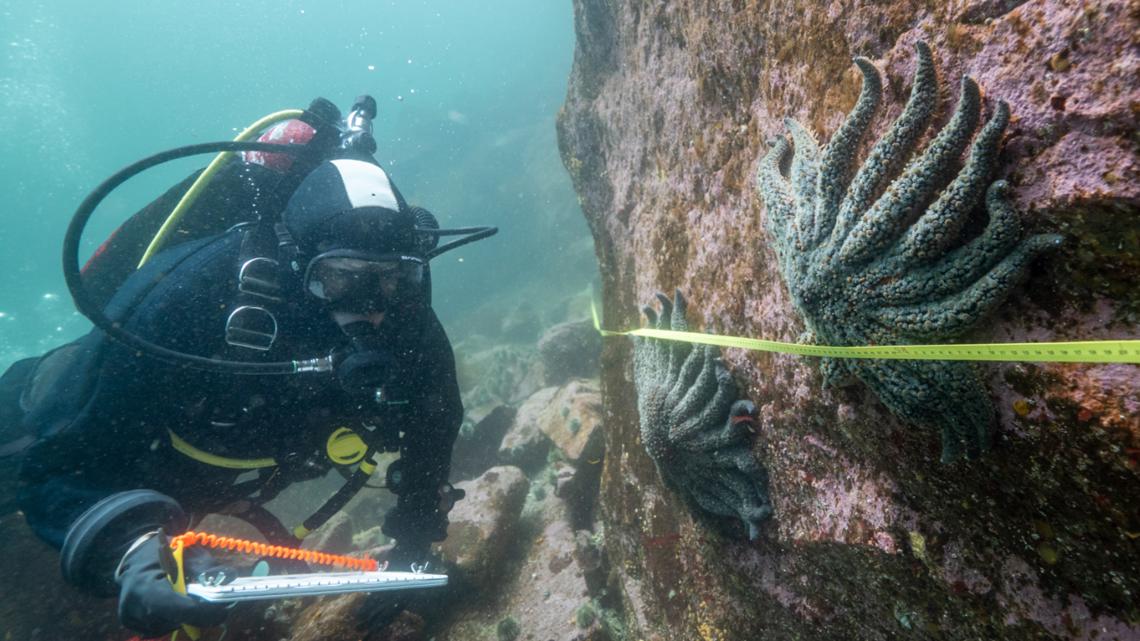
Scientists reveal cause of sea star die-off
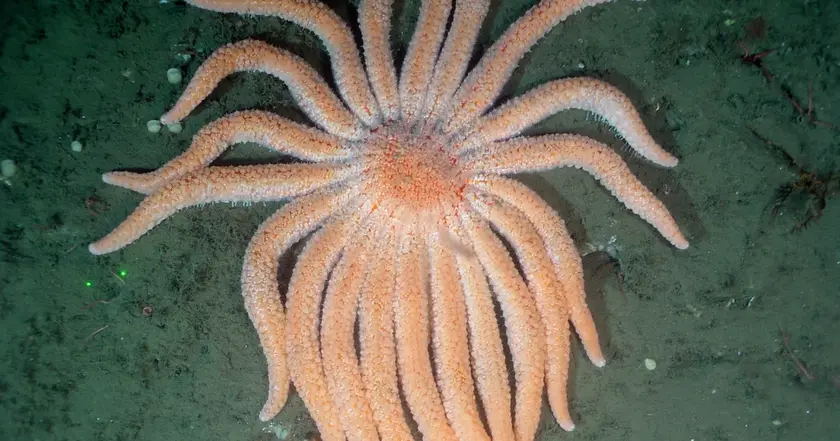
Researchers find bacteria behind sea star die-off
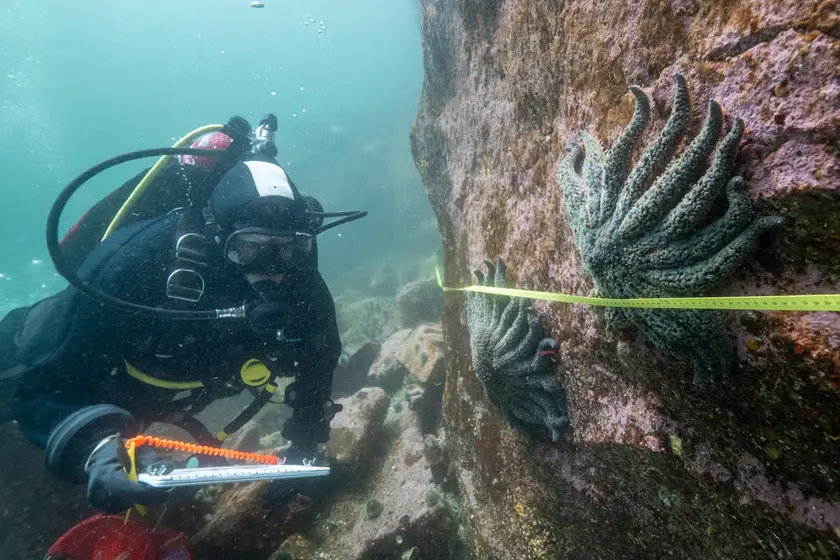
Breakthrough in sea star mortality mystery
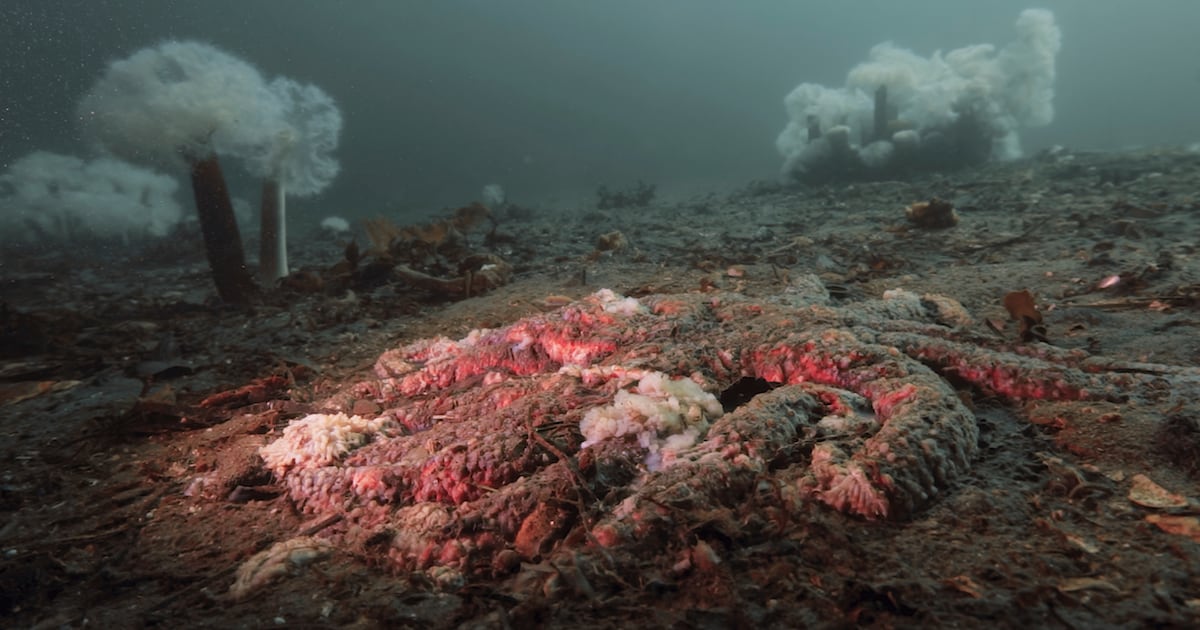
New insights into sea star die-off reveal bacterial culprit

Breakthrough research identifies cause of sea star wasting disease
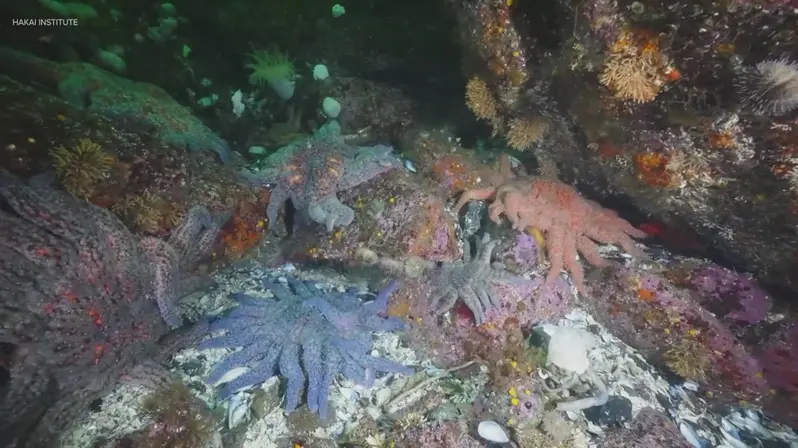
Researchers identify cause of devastating sea star die-off
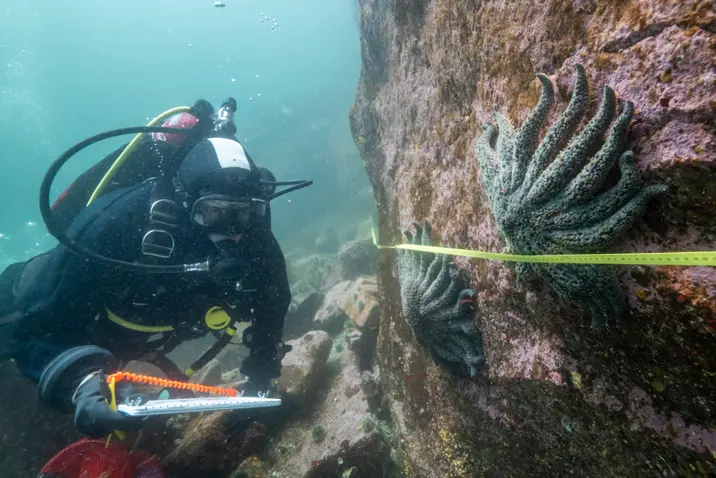
Scientists identify cause of starfish mass die-off

Research suggests sunflower sea stars may help restore kelp forests
